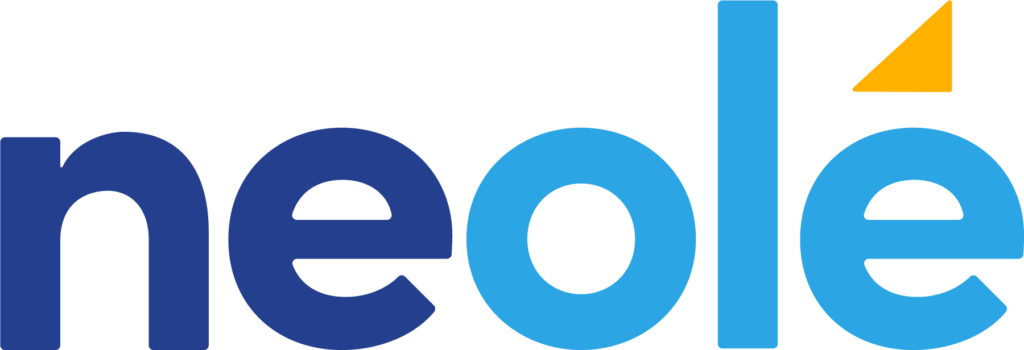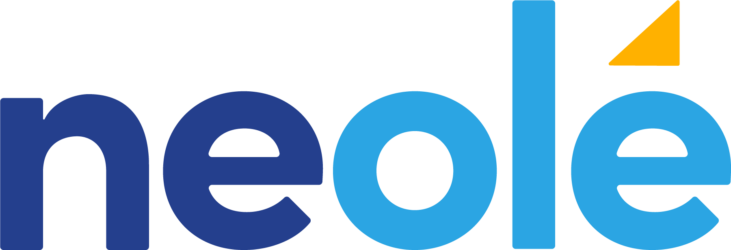PS: Is your home life just as important as your work life? Then you won’t want to miss out on the personal challenge at the bottom of this blog post.
It’s no secret that increasingly, people want to derive a sense of purpose from their jobs, even more than they want a bigger salary. Greater numbers of people, especially millennials, want jobs that are meaningful and challenging. They want to feel that their efforts are useful to society and the planet, not just for the benefit of the company or the survival of the organization. They want to bring some value to other human beings or to the creatures with whom we share our world.
This is why many of us prefer to work for mission-driven companies or companies with a triple bottom line (those that evaluate their performance in three areas: economic profit, social equity and ecological value), rather than those focused on financial profit.
For a listing of companies recognized for their focus on for-benefit, check out www.gamechangers.co. These inspiring companies can be found in every industry, across the globe, in every size and both as businesses that are B2C and B2B.
One would assume that mission-driven companies have mission statements that their employees can buy into.
But in organizations larger than 150 employees, there can be a disconnect between the mission–often set at the highest levels of the organization–and those on the frontlines.
Why 150?
It’s simple. A for-benefit company with less than 150 employees can function like a start-up in the sense that it’s easy for people to have more direct contact with each other. There is a greater sense of loyalty to the company, as well as its people. There is more personal bonding and less need for formal management structures.
Look at Gore-Tex as an inspiring example: they made a decision long ago to not build any plant that could house more than 150 employees. As Jim Buckley puts it, “This is what you get when you have small teams, where everybody knows everybody. Peer pressure is much more powerful than a concept of a boss.”
The challenge, therefore, is to connect all employees to the corporate mission in a way that feels personal and that provides an avenue for each employee to contribute and have impact.
And this is a challenge. Just like it wouldn’t be effective to have one manager for an organization with hundreds of employees, it is not effective to have one mission statement for a large organization.
It is effective, however, to have more than one mission statement.
In fact, the impact of a mission statement is multiplied exponentially when every team or department has its very own mission statement, one that fits into the larger mission of the organization.
How to Create a Team Mission Statement
A team’s mission statement should be unique to the role or function that the team plays within the organization. It should give clear purpose to each individual team member. A team mission should easily translate into daily actions and decisions. And it should fit with each individual’s values and beliefs.
Engage the whole team in brainstorming and choosing the key concepts to include in its mission. Once you find concepts that are inspiring to all and fitting to each person’s role, find words to make it actionable (see tips below). Note that some teams will give priority to listing how they want to be on any given day over top of what they want to accomplish.
Once you have your team’s mission statement, get into the practice of referring to it often. Celebrate success as well as failure. Don’t expect every day to be a success; there will be days when you fail and that’s when you have an opportunity to step back and discover what’s working for the team and what’s not working and readjust accordingly.
Tips for Creating Great Team Mission Statements
The mission statement should consist of one memorable sentence. Period.
Use simple and clear language. Leave complex vocabulary for the lawyers and academics. Your team’s mission statement should be easily understood by anyone without the need for a triple dose of caffeine.
Use actionable words so that the mission statement easily translates into actions that are identifiable or measurable. For example, a customer service team whose mission is “to bring a smile to every person we have contact with,” is much more likely to have team members who are up to the challenge than those whose mission statement is to “bring happiness to our customers.” The second statement is simply too conceptual.
Your Personal Challenge: Put a Team Mission Statement into Practice at Home
With the holidays approaching, you are about to have more time for your friends and family. You have the perfect opportunity to put team mission statements into practice with the team that is closest to you: your immediate family.
Yes, that’s right.
Your family is your most important team. After all, you do things together, you likely make decisions together, and you support each other in a wide variety of ways.
Stephen R. Covey writes very eloquently about the value of articulating a family mission statement in his famous business book, The Seven Habits of Highly Effective People. Having a family mission can give each family member a stronger sense of belonging, safety, empowerment and purpose.
Here is the mission statement that our family currently uses (it’s a living statement, so it’s always open to edits). You will notice that in this example, our mission is focused on what we do for each other rather than what we do for others, but it could go either way: We help each other feel loved and supported, have fun, learn new things, make healthy choices and do what’s important (including house chores).







